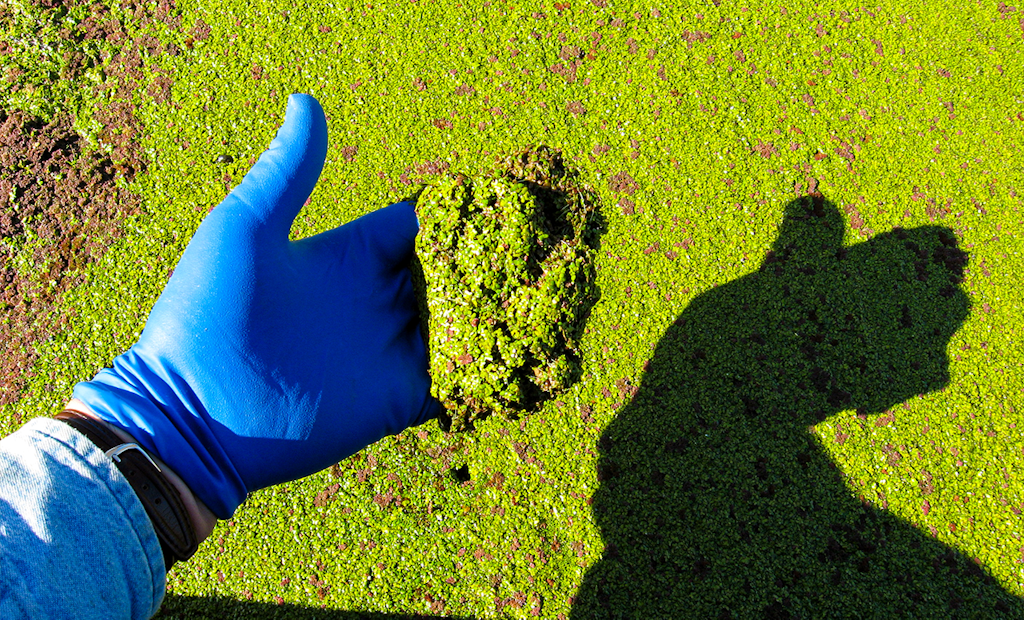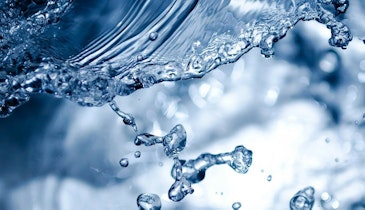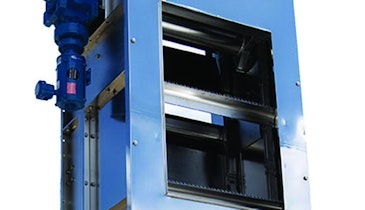Interested in Energy?
Get Energy articles, news and videos right in your inbox! Sign up now.
Energy + Get AlertsDuckweed (scientific name Lemna) is a small, bright-green floating plant about the size of a fat flake of oatmeal. It has a rigid body with one to three leaves containing gas cells to give it flotation. Duckweed also has a small hair-like root about 1/2 inch long through which it pulls in nutrients from the water.
Duckweed is commonly found in wastewater ponds, wetlands or any other waterbody with high nitrogen and phosphorus nutrient loading. Duckweed is usually spread from one pond to another by wildlife (i.e. waterfowl, mammals or alligators).
In some cases, one pond may have duckweed while another seemingly identical pond nearby does not. Nobody knows exactly why this happens. One working theory centers around the ratio of nitrogen to phosphorus in the water needing to be within a certain narrow range for duckweed to thrive.
After duckweed is introduced, it often reproduces very quickly and can cover the entire surface of the pond in a few days. On windy days it may be blown over to one side of the pond only to spread out and cover the entire pond the next day once the wind stops blowing.
Duckweed is very susceptible to toxins so its presence generally indicates the water is toxin-free.
Check out the slides below to learn more about the problems duckweed can cause in wastewater systems, and six considerations for controlling it.
Visit the Ixom Watercare Storefront






